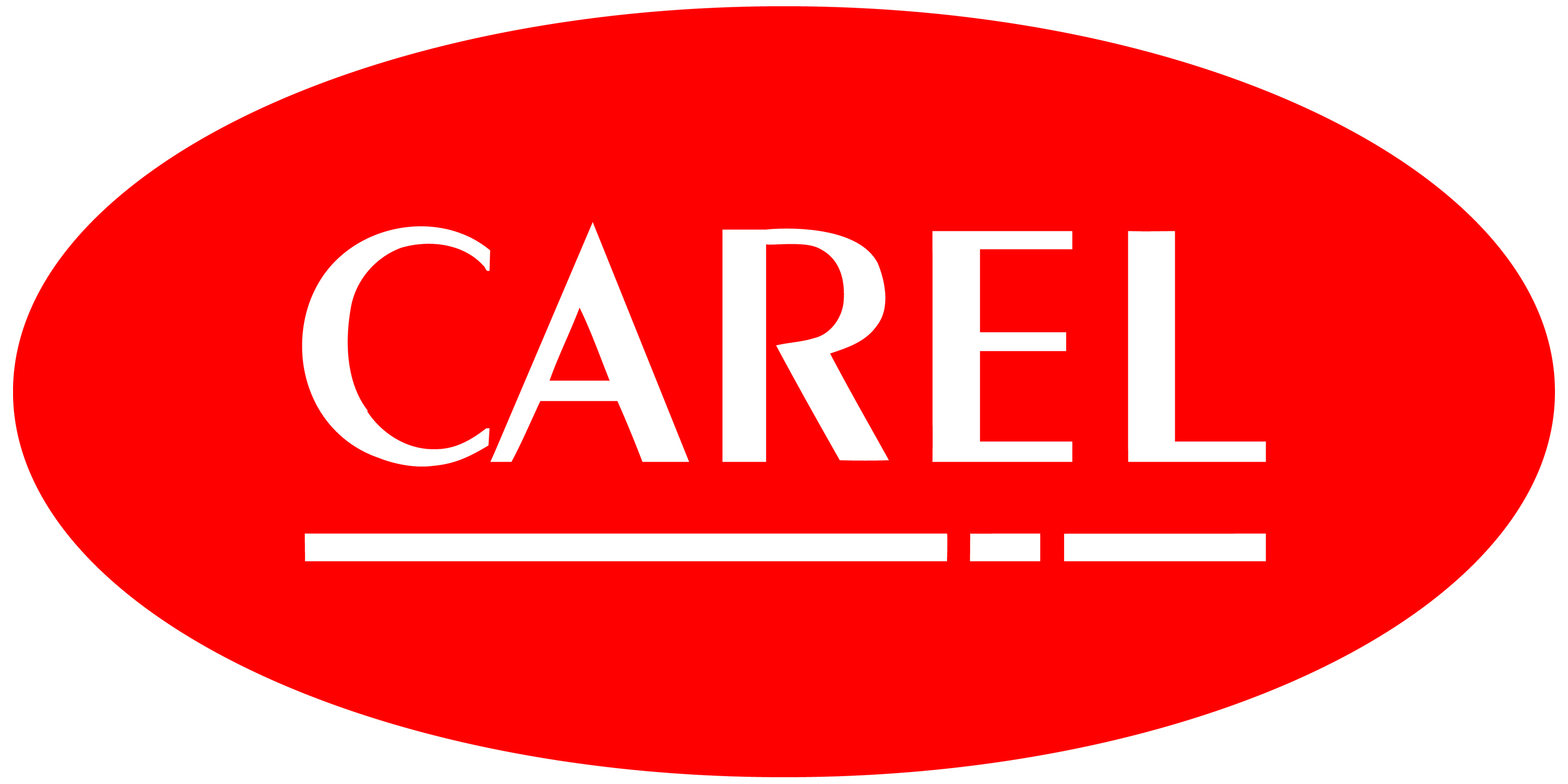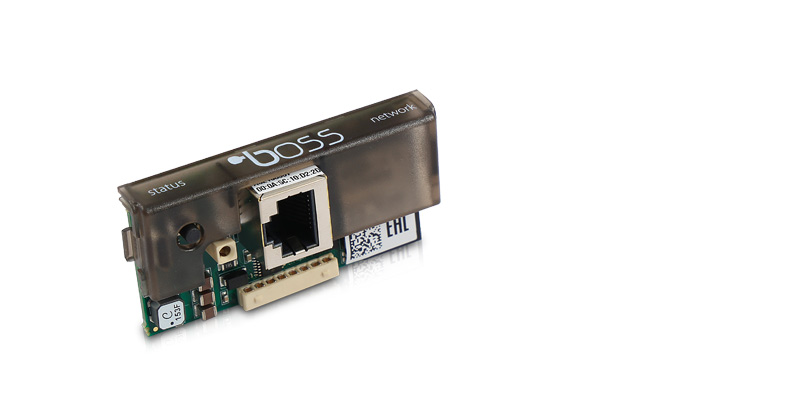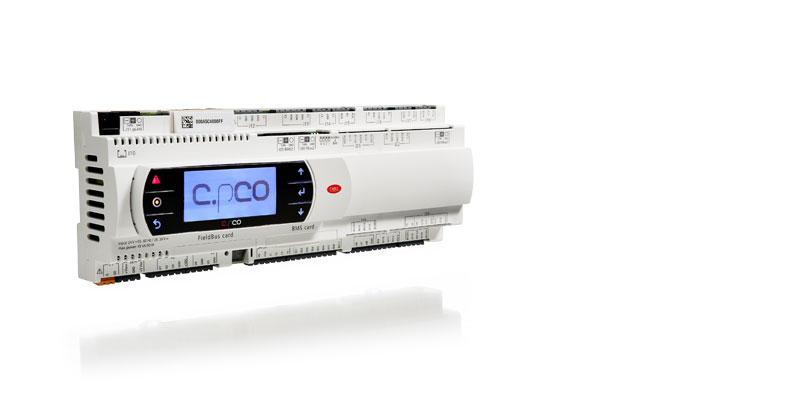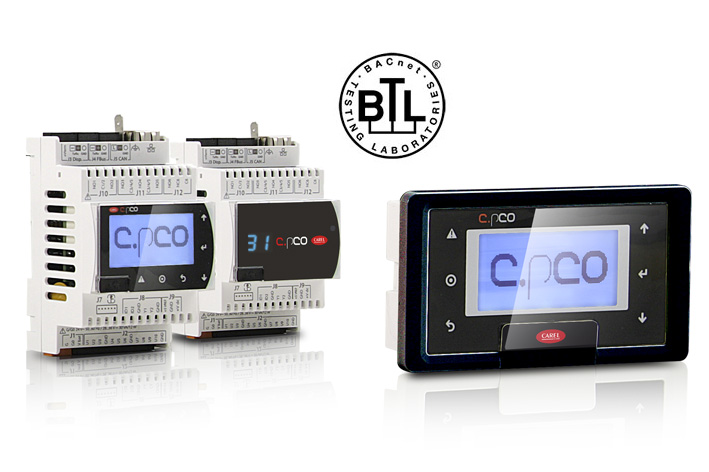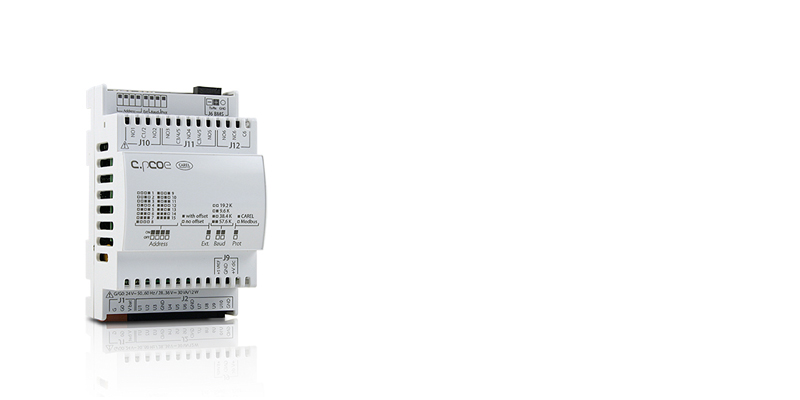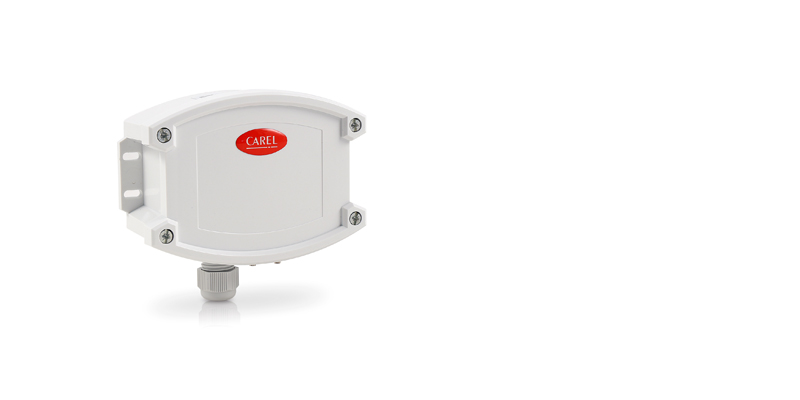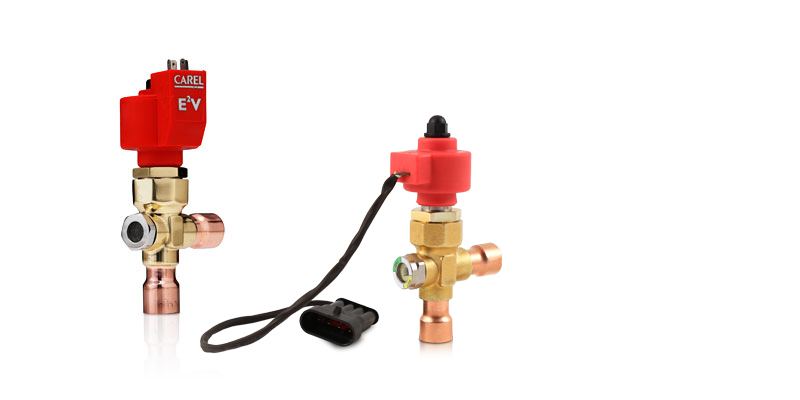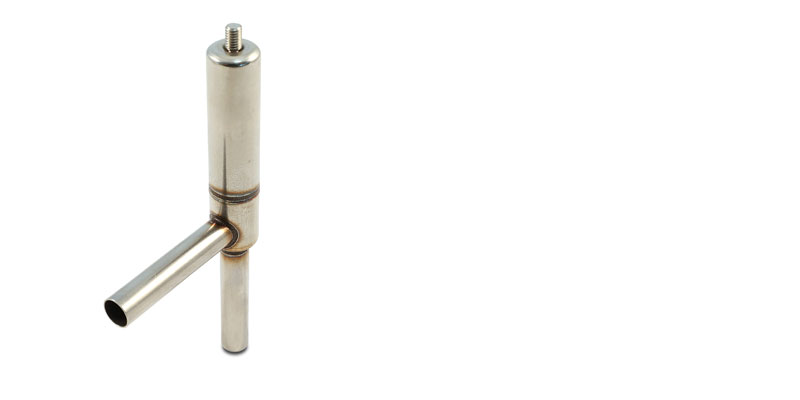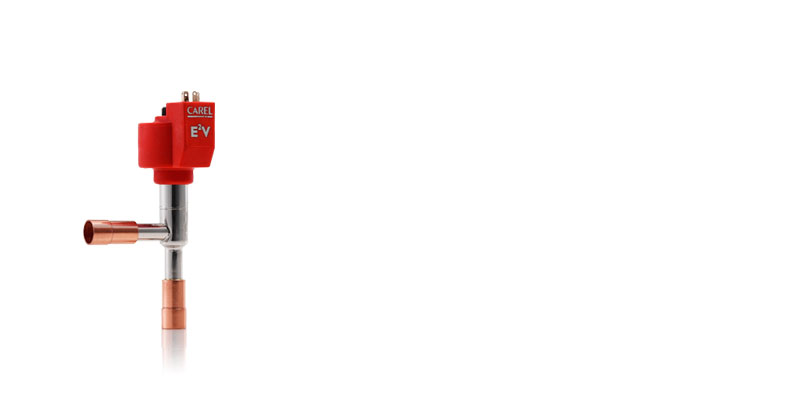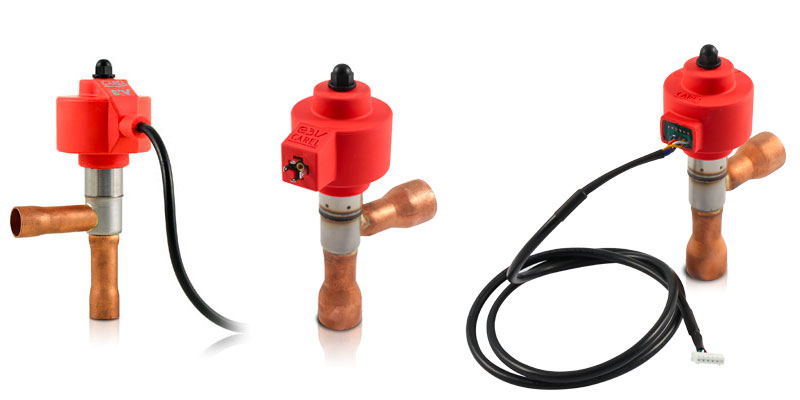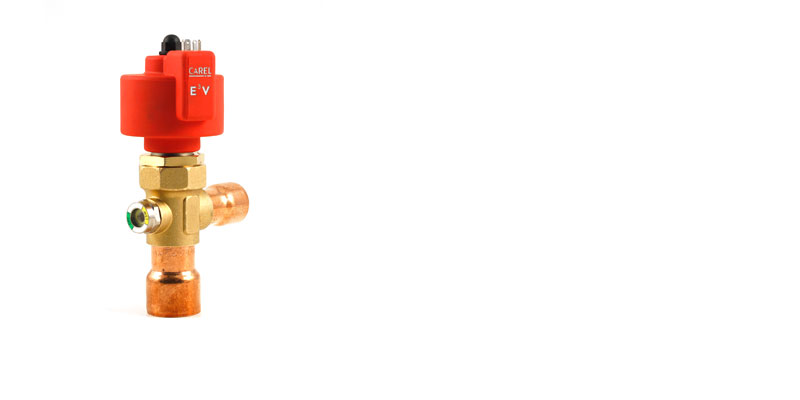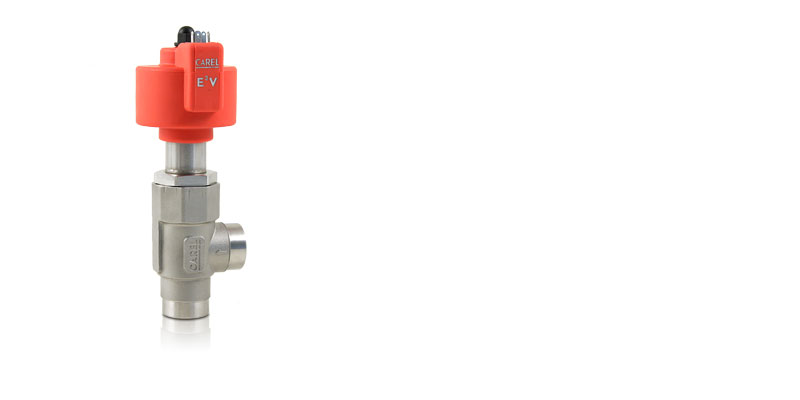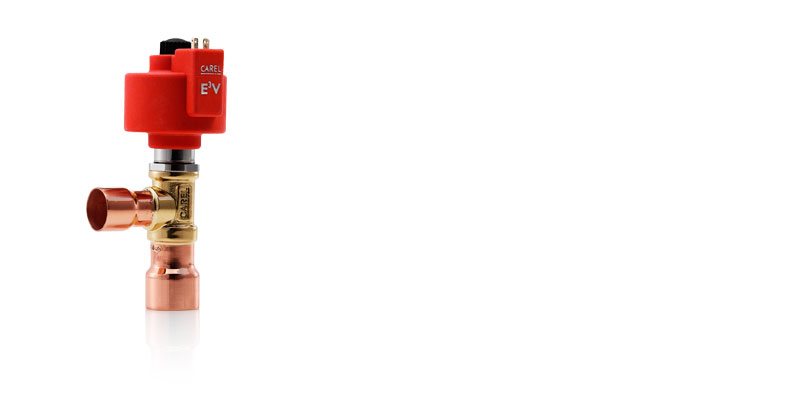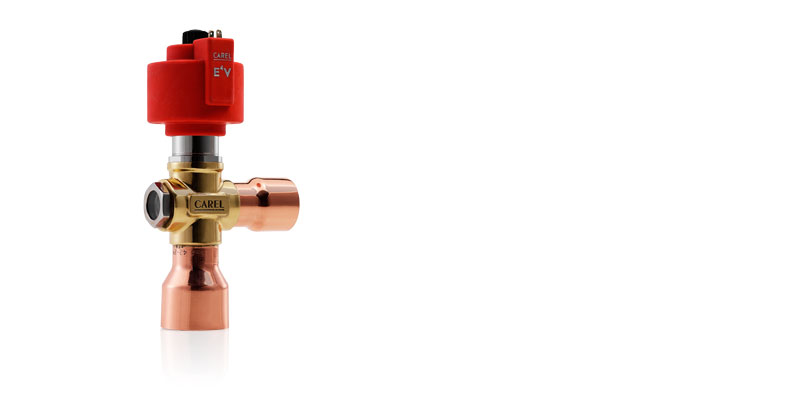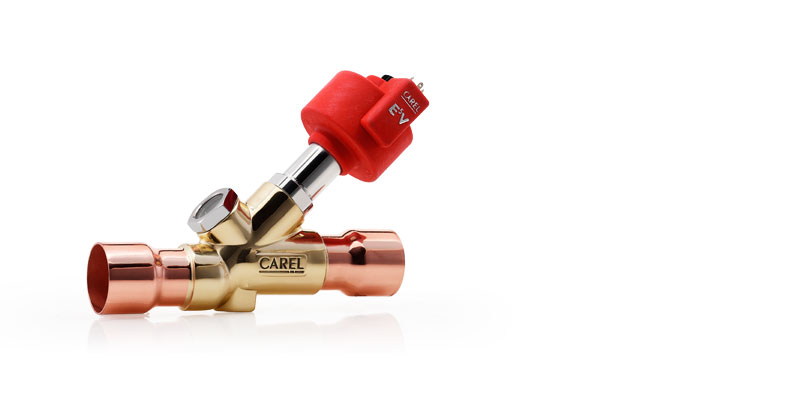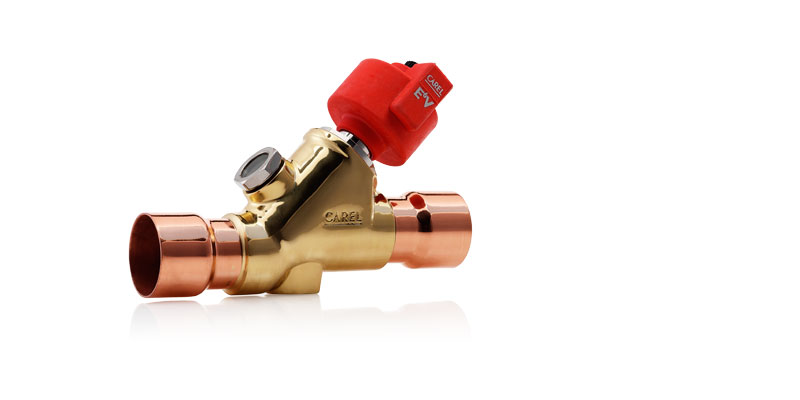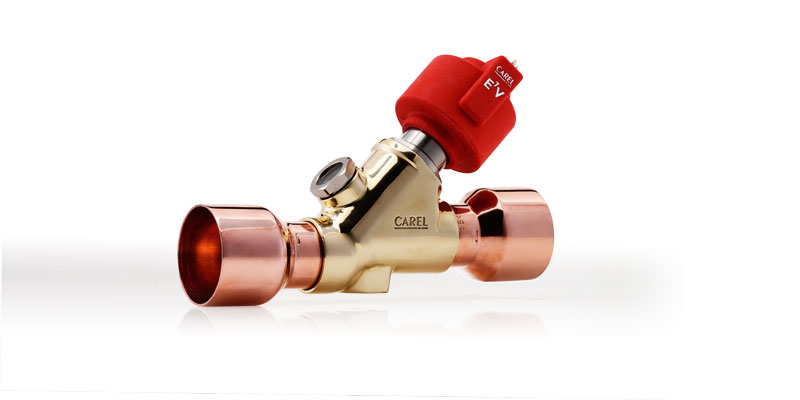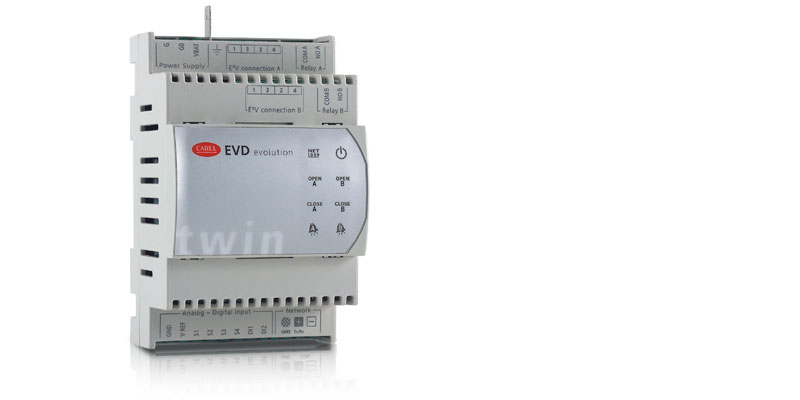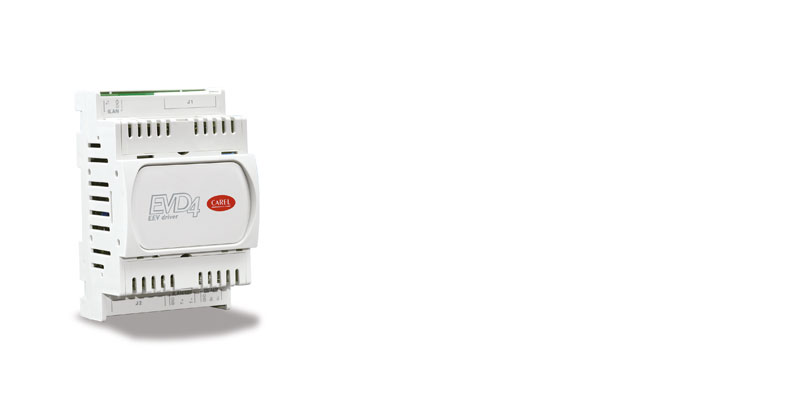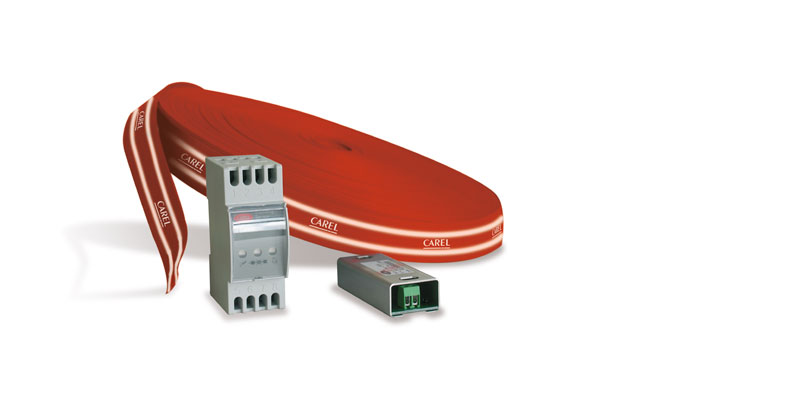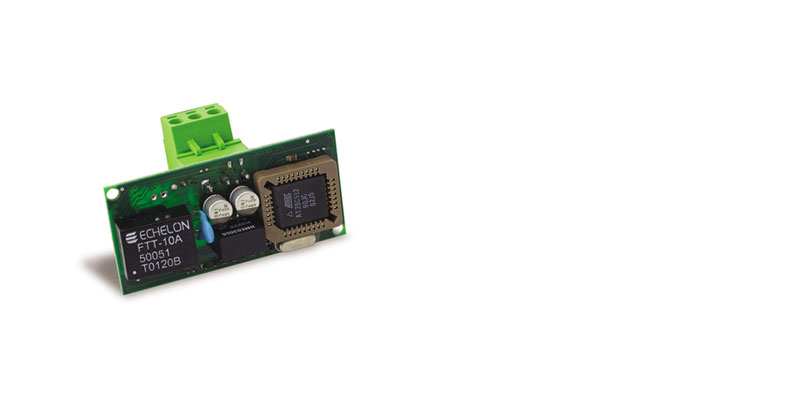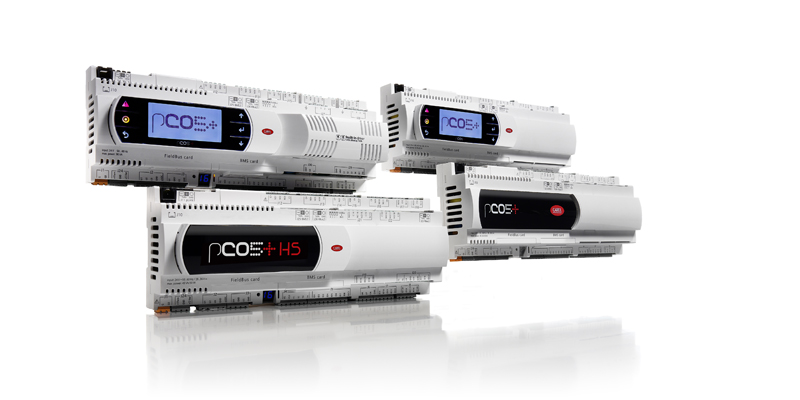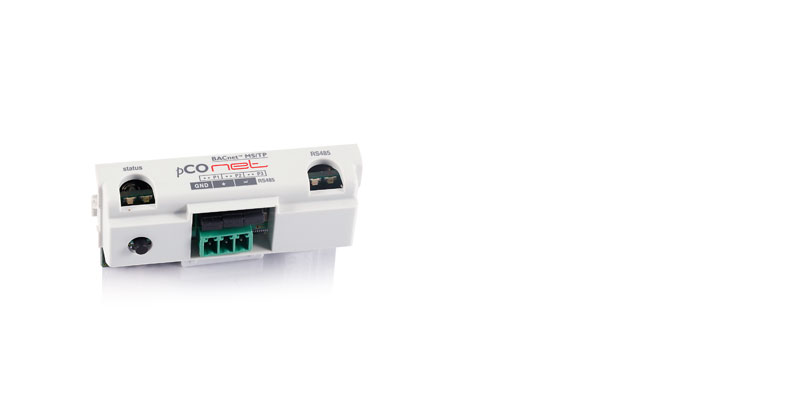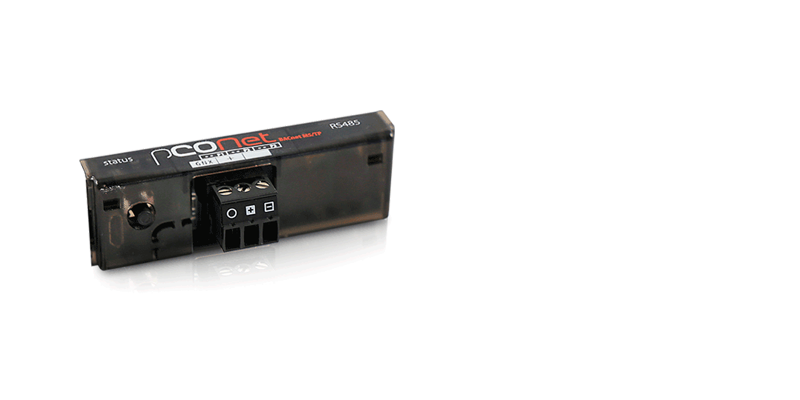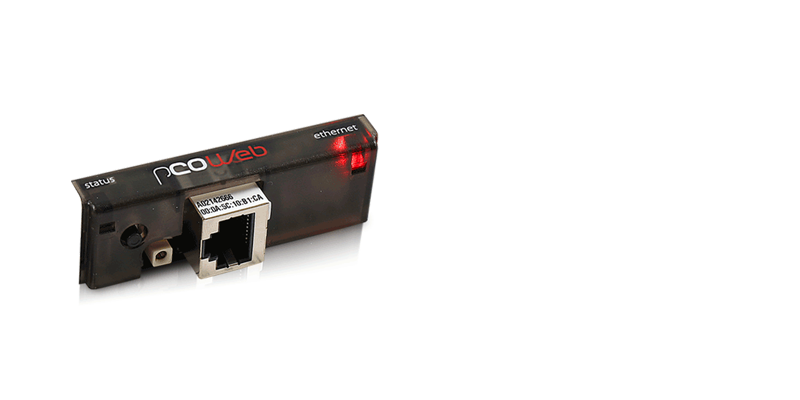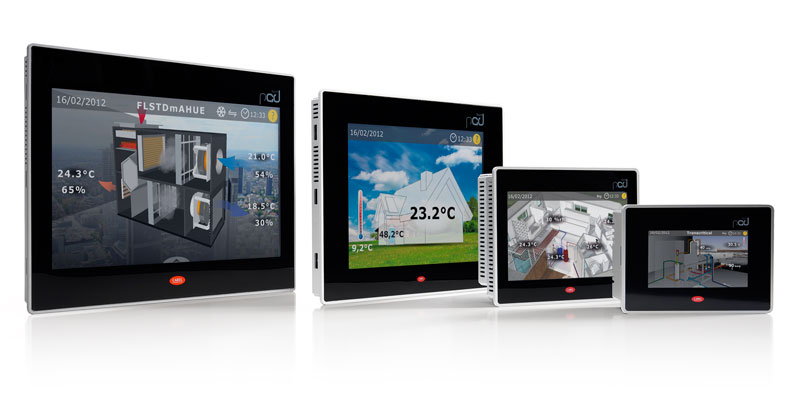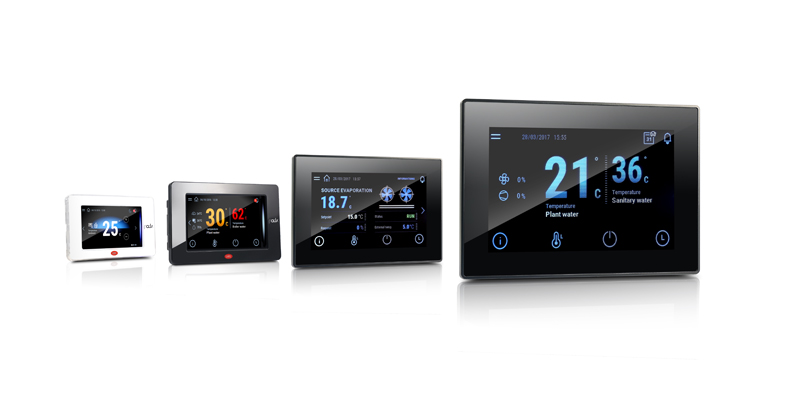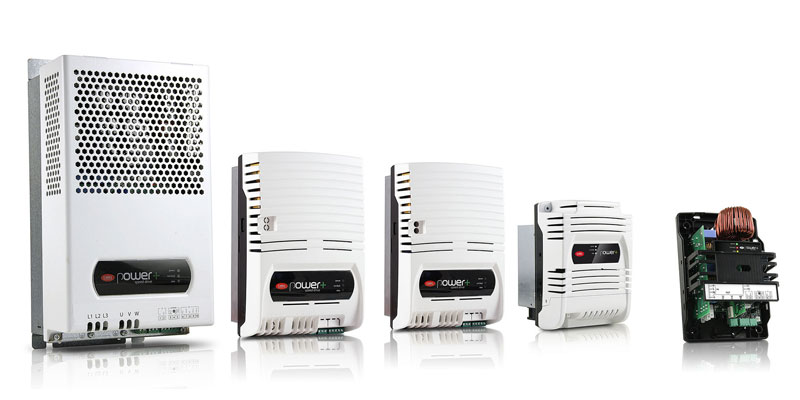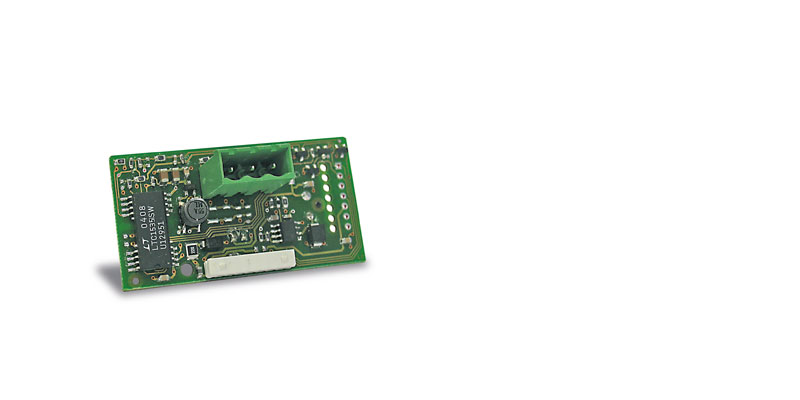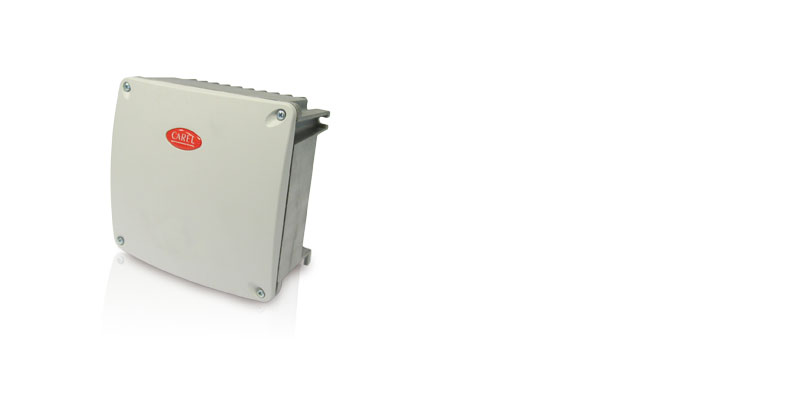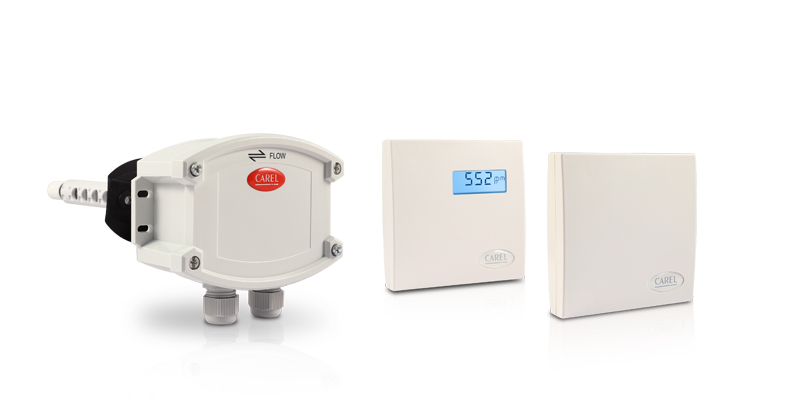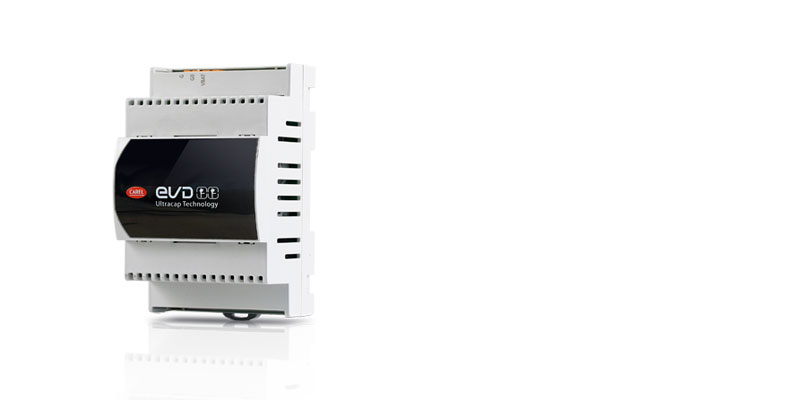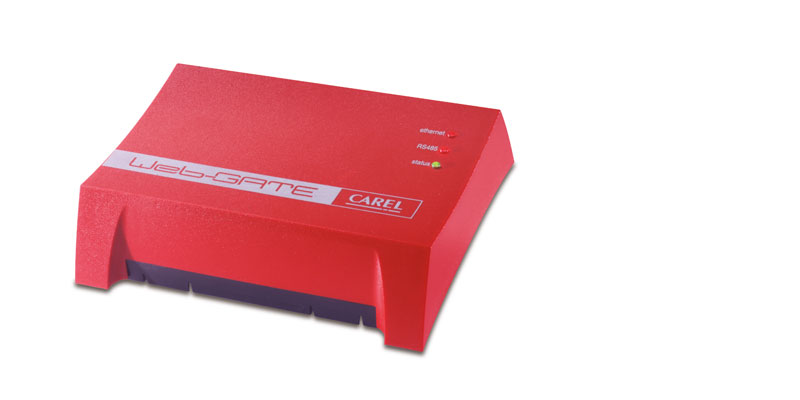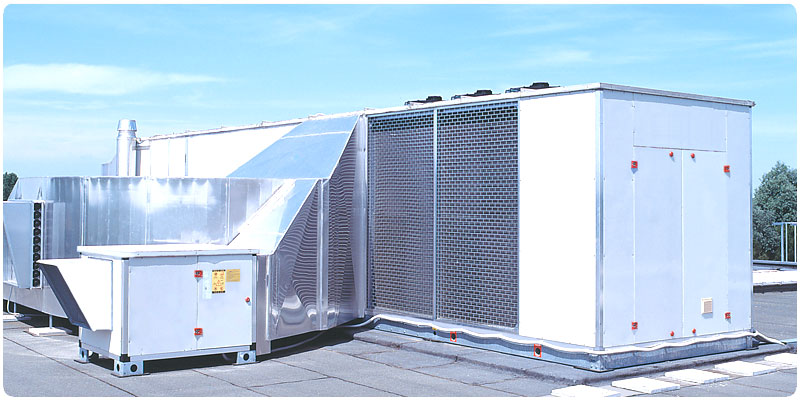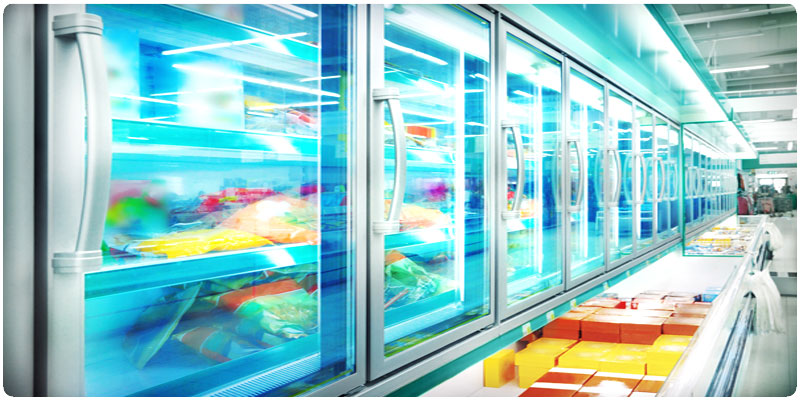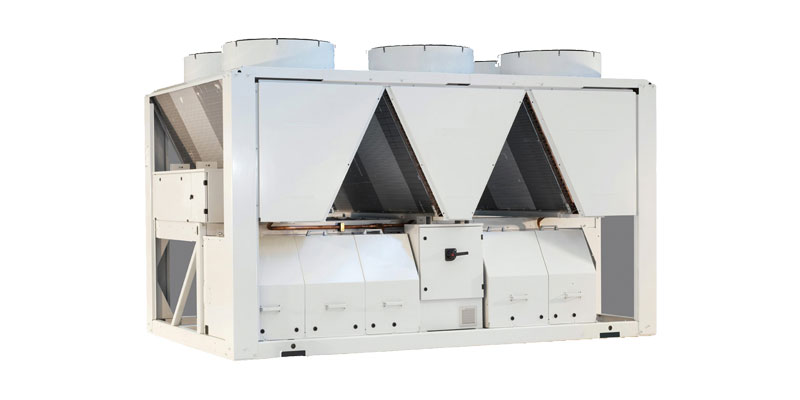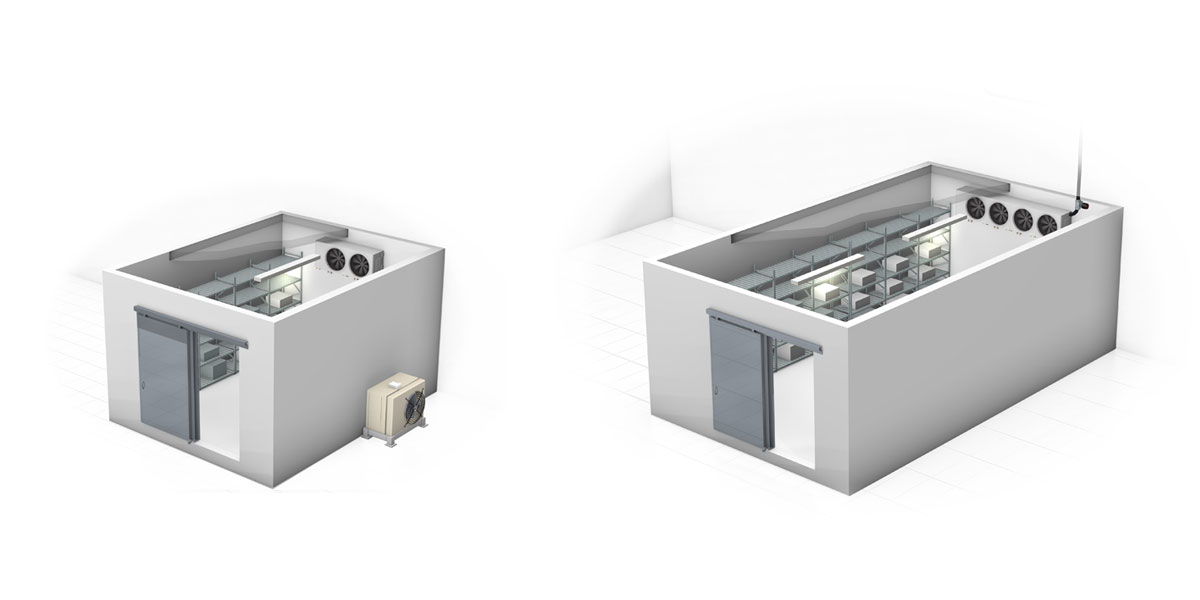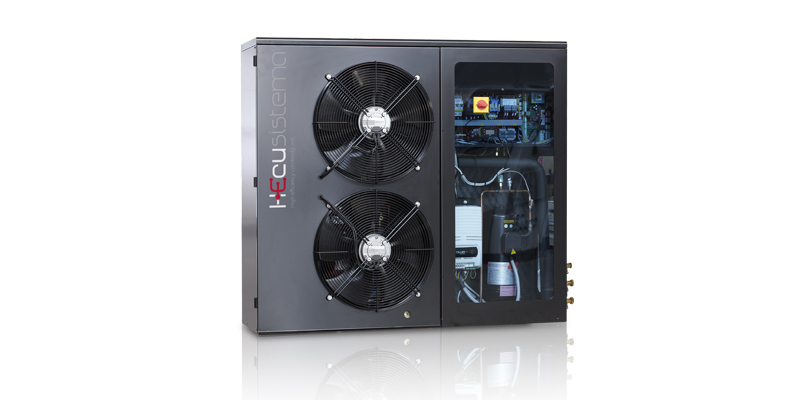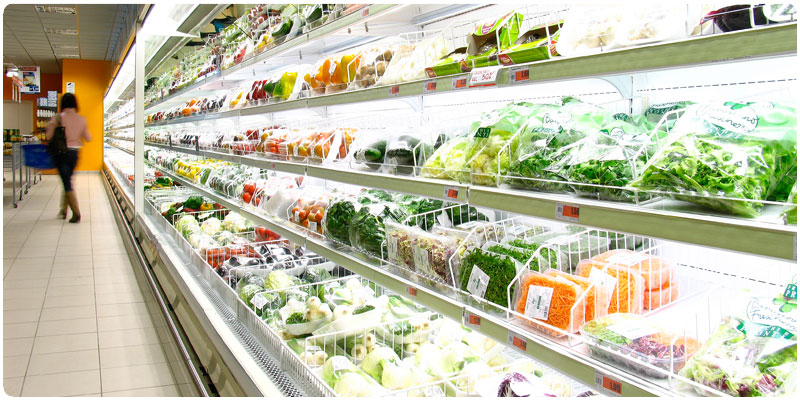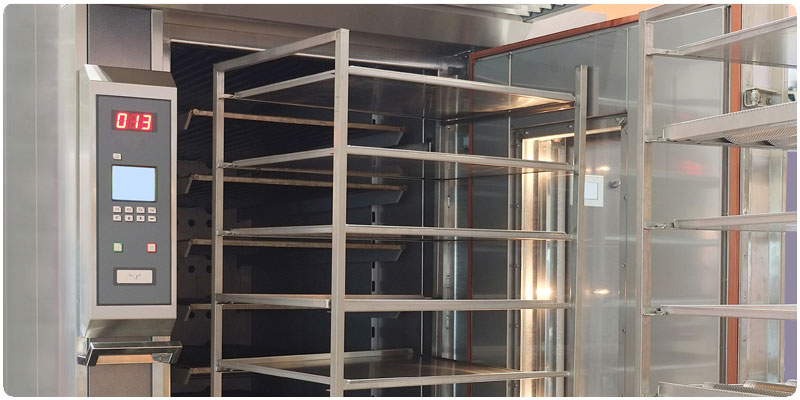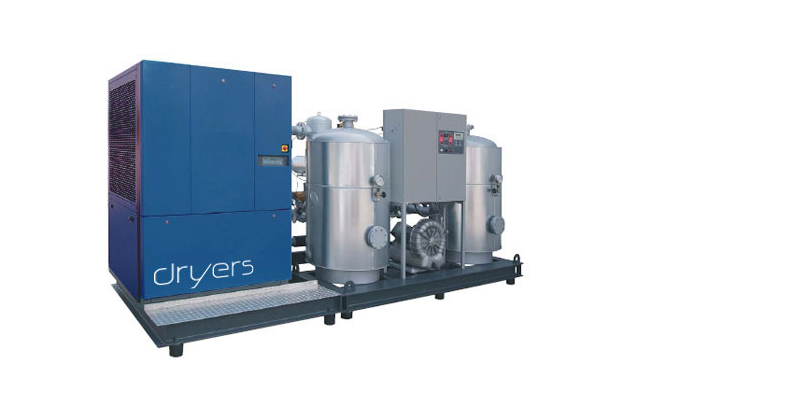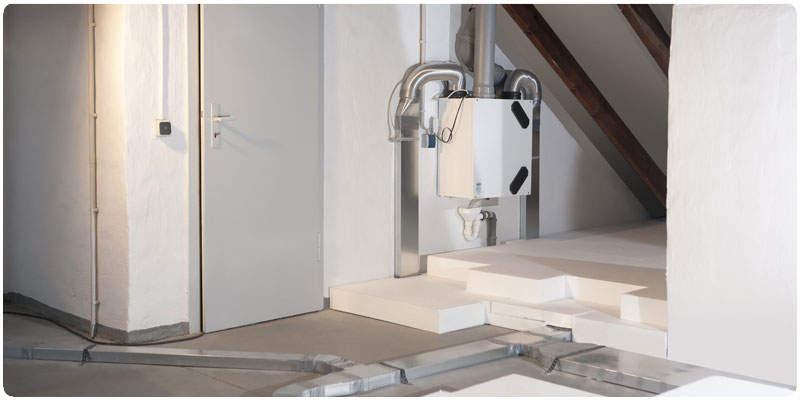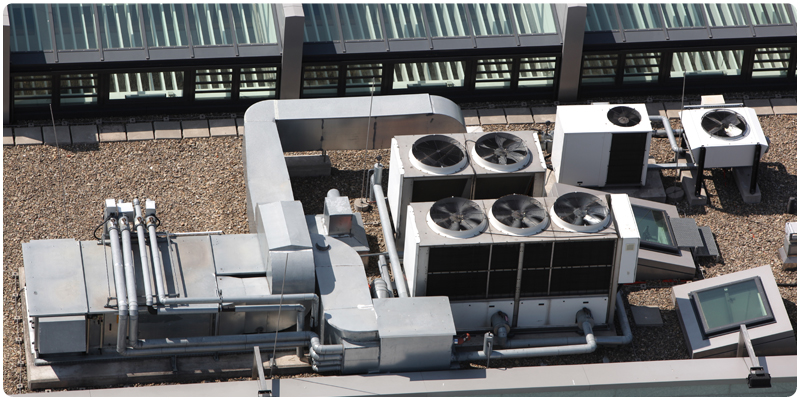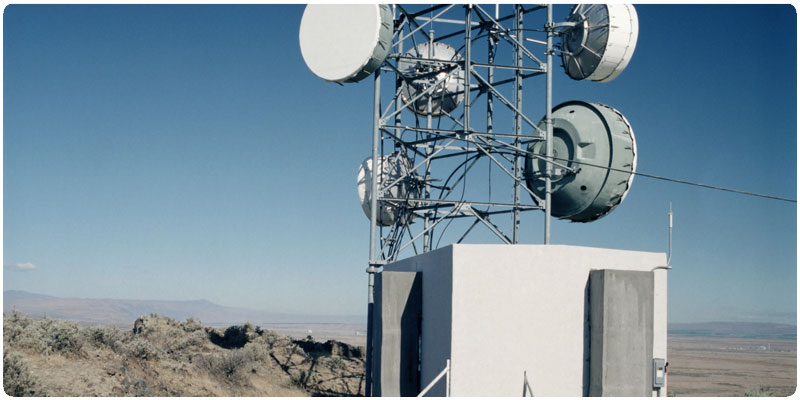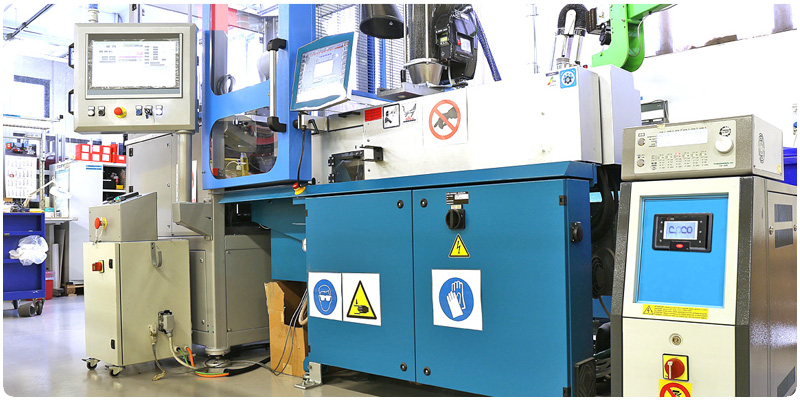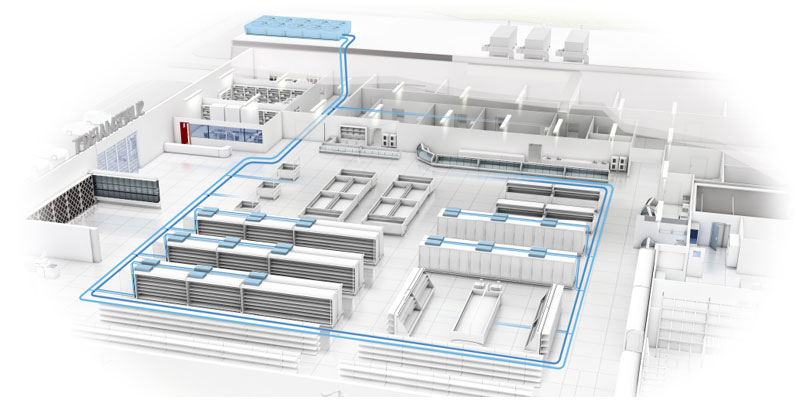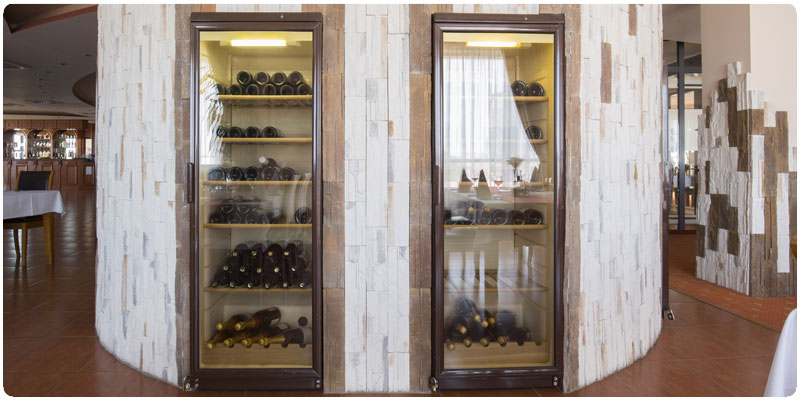CRAC
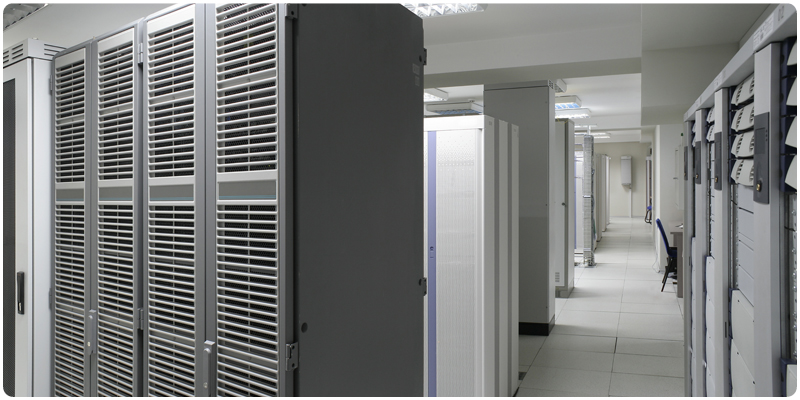
-
General characteristics
The most common systems used for temperature and humidity control in datacenters are CRAC units (Computer Room Air Conditioners), traditionally also known as CCU (Close Control Units). CRAC units are normally installed around the perimeter of the server room, or adjacent to it, and use the raised flooring to introduce cooled air via a refrigerant circuit or water-source heat exchangers supplied by a chiller, so as to absorb the heat loads generated by the electronic equipment; often these are in fact called "perimeter" units. In modern datacenters, the layout of servers into "hot aisles and cold aisles" has led to the development of "in row" units, installed directly between the servers for more localised cooling, ideal for high density heat loads. The high cooling capacities required, even up to 20 times higher than in comfort applications, mean energy saving technology is the preferred choice.Cooling can also dehumidify the air, and therefore very often CRAC units are fitted with humidifiers so as to bring the humidity level back within an acceptable range and reduce the risk of electrostatic discharges. Generally, these units work in unsupervised places, and with limited intake of fresh outside air, therefore dehumidifying means unnecessary energy consumption for the overall sensible cooling needed, and requires further humidifier operation: dehumidification is at times used in systems located in places with high humidity.Continuous innovations in this field require the development of new units and sophisticated functions; most CRAC units are also able to communicate with one another to ensure synergic operation and redundancy, and often share data (alarms, states, probe readings...) . -
Plus
Datacenter applications are "mission critical", and therefore some special features are required on these units compared to traditional air-conditioners for comfort applications.- Optimisation of space compactness is needed to rationalise the use of the space available for the electronic equipment.
- High S/T ratio ability to control evaporation on DX units
- Reliability (24/7) to ensure continuous service, reliable technology and redundant systems are used
- Energy saving high efficiency technology
- Flexibility use of programmable controllers
- High connectivity one or more BMS systems, plus communication and distributed logic between units
Documentation
Commercial
-
Other related documentation
* Entries are ordered by date
Code Description Language Date * Release +3000054IT Soluzioni per il risparmio energetico nei data center ITA 30/05/2023 3.0 +3000054EN Energy saving solutions for data centers ENG 26/05/2023 3.0 +3000054FR Solutions permettant d'économiser l'énergie dans les centres de données FRE 11/10/2016 2.0 +3000054DE Energiesparlösungen für Rechenzentren GER 11/10/2016 2.0 +3000054ZH 数据中心节能解决方案 CHI 11/10/2016 2.0 -
Success Story
* Entries are ordered by date
Code Description Language Date * Release +402200120 EEV installation for TELECOM Italia- Analysis of energy savings in an air-conditioning system using chillers at the Mestre telephone exchange (VE) ENG 01/03/2006 1.0
